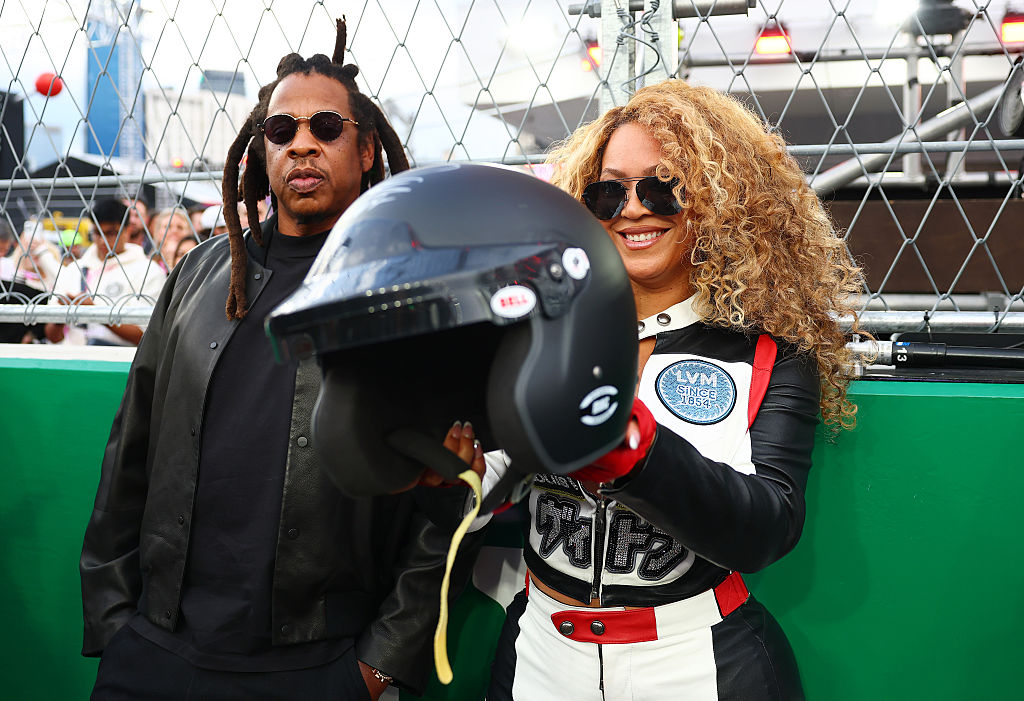This holiday season, I am retiring my extra small knotless braids in exchange for creative low-tension styles. I knew it was time to reset when, this summer, I found a small bald spot, aka traction alopecia, at the crown of my head from back-to-back tight styles.
With scalp serums, a consistent routine, and a break from trendy high-tension styles, my scalp is healing. The simple pleated braids we wore in elementary school with bobos have reinvented themselves. Low-tension styles are no longer just a few neat plaits. They have evolved thanks to curly hair stylists and influencers. I am not alone. My feeds are full of curl friends choosing twist outs, flat twists and braid outs to protect their scalps, maintain hair integrity and minimize breakage.
Celebrity stylist and CEO of Texture Management, Felicia Leatherwood, knows ball when it comes to low-tension styles. Leatherwood has been mastering natural hairstyles for over 26 years and is known for Issa Rae’s soft, low-tension looks that fill our Pinterest board.
Below, she spoke with ESSENCE about why you should give your hair a break this season and prioritize hair health with low tension styles this season.
Curl Friends Are Letting Go
Curl friends are embracing low-tension styles because they are not seen as the hairstyle you only wear running errands. These styles are worn to the office, date nights and formal gatherings. The shift is leading more people to integrate twist outs, mini braids and soft curls into their everyday routine. Low-tension styles are gaining popularity because they are approachable, healthy for the scalp and hold up well in colder temperatures when natural hair is more susceptible to breakage.
“I’m seeing people wearing their hair more natural and less structured, a bit more fluffy,” Leatherwood says. “Softer curls around the face feel cozy for the winter.” Many curl friends are also experiencing thinning edges and breakage from excessive protective styling this summer. Trendy styles often require tight hair pulling and manipulation to achieve the look. Although they are cute, they come with a steep price for hair health.
“At the end of the day, it’s about maintaining hair that’s healthy,” Leatherwood explains. “We need to keep it from being pulled and manipulated too much.” She looks to some of her clients like Issa Rae for inspiration. Clients who understand how to keep their hair healthy under any circumstances.
“I use Issa as my template, and Beyoncé, SZA, Yara Shahidi as references,” Leatherwood says “They are doing more of that softer, low-tension looks that are easy to achieve.”
These celebrities have redefined low-tension styles and made them more common on red carpets, television shows and music videos, giving curl friends the confidence to wear them too.
Low-Tension vs Protective: Know the Difference
Protective styles shield the ends of your hair from daily wear and environmental damage. These styles include buns, wigs, stitch braids, updos, and sew-ins. While they do protect, many involve pulling the hair back tightly, which can sometimes create tension on the scalp.
Low-tension styles leave ends exposed but reduce scalp tension. Twist outs, braid outs, Bantu knots, flat twists, and flexi rod sets all qualify—with more innovative low-tension styles being created every day. These styles are easier on the scalp, promote growth, and look natural, though they don’t last as long as high-tension styles.
Leatherwood notes that some people believe pulling hair back tightly protects it, instead of protecting, it splits the ends. She recommends more low-tension styles to recover from summer’s high-tension looks.
“More twist outs or perm rod curls last with the right products, look natural, and are easier on the scalp,” Leatherwood said.
What Those Scalp Bumps Really Mean
Tiny bumps along the hairline or base of braids are warning signs. Those high-tension hairstyles? Most are linked to traction alopecia. Studies show this type of hair loss affects one in three Black women.
Leatherwood says repeated tension can also cause folliculitis, inflammation of the hair follicle. The fix is simple: avoid overly tight styles and give your scalp a break. If issues persist, consult your provider for treatments including steroids or antibiotics.
She emphasizes that softer, low-tension styles give the scalp a chance to recover while keeping curls healthy and strong.
How to Keep Low-Tension Styles Fresh
Low-tension styles let you prioritize scalp health without sacrificing style. Leatherwood recommends products and techniques to maintain softness and curl definition. “Apply a butter or cream, massage and smooth it over the hair, then twist it,” Leatherwood says. “It keeps hair soft and reduce pulling.”
Bantu knots, twist outs and flat twists keep hair healthy and cute while giving the scalp a break. For long-lasting curl sets, Leatherwood loves Ampro Curl Wax. “After curl sets, I coat the hair with it. It opens up the curls and lasts for several weeks,” Leatherwood says.
Low-tension styles are ideal for the colder months, when our hair is recovering from summer styling damage and preparing for the winter frost. By letting the scalp rest and reducing tension, these styles help restore growth, maintain hair integrity—ensuring that your curls stay strong this season
Low-Tension Style Inspiration
If you need hair inspiration here are a few creative low-tension styles from my favorite creator curl friends that are making waves that you can share with your stylist or try at home.







